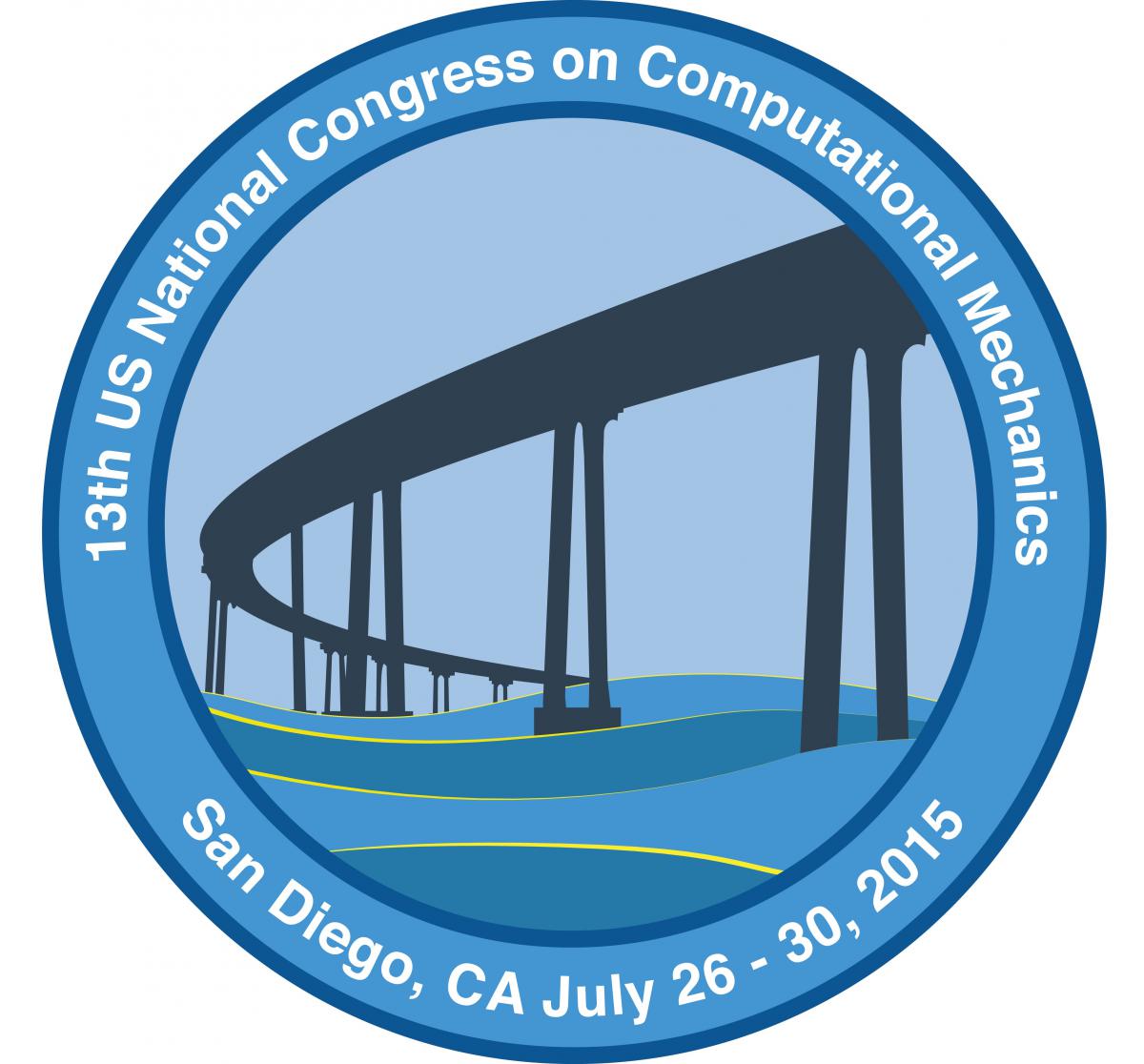Validation and Uncertainty Quantification in Real World Applications: Challenges & Opportunities
The areas of Verification, Validation, and Uncertainty Quantification (VVUQ) have gained increasing attention in recent years in the computational mechanics community. While computer modeling and simulation are routinely used in the industry today, there is a need for putting into industrial practice the advances made by researchers in VVUQ, particularly in the areas of validation and uncertainty quantification.
The goal of this minisymposium is to promote the use of these principles in the industry by fostering communication between researchers and practitioners in the areas of computer model validation and uncertainty quantification. In real world applications, the computer models are tremendously complex and span multiple disciplines. There are numerous model parameters that must be estimated, often from limited or incomplete experimental data. Simplifying assumptions that are often made in the literature about the data and models may not hold. Moreover, models can be extremely large and the use of techniques like Monte Carlo simulation may not be an option. This necessitates the use of surrogate models, which brings in additional uncertainty into the picture.
We seek to bringing these issues to the fore in this minisymposium. Topics of interest include (but are not limited to) calibration and validation of large scale models, uncertainty quantification in industrial applications, surrogate model development, development of commercial and open-source tools suitable for these applications, and other challenges and opportunities in the use of VVUQ for real-world applications.





